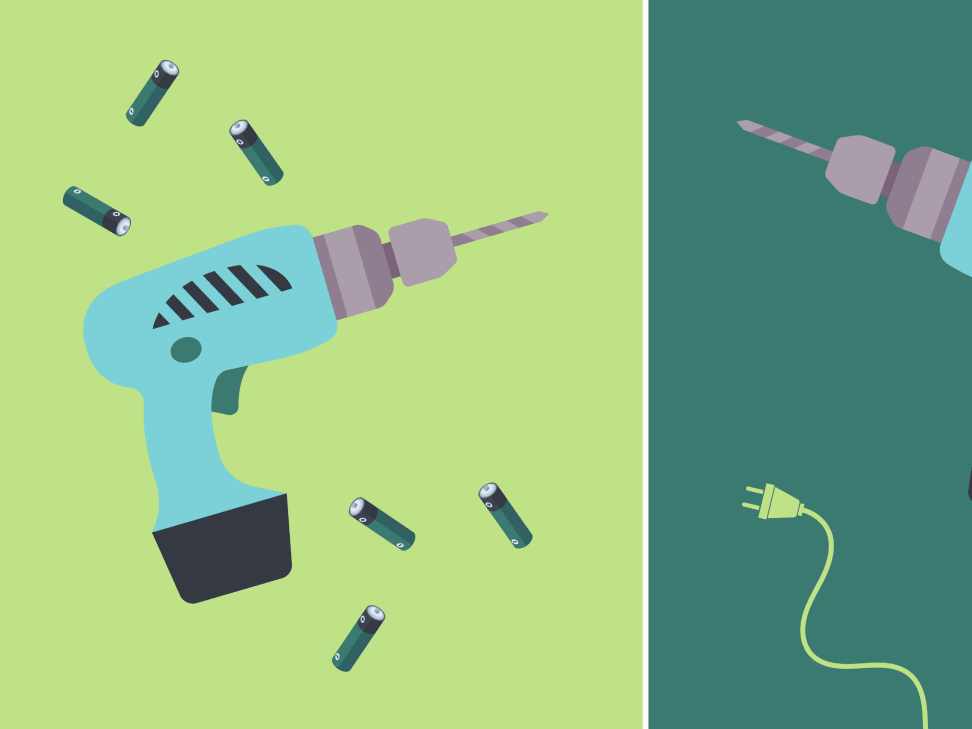Corded vs. Cordless Power Tools: Which Is Right for You?

Choosing between corded and cordless power tools depends on your project needs. This guide compares their benefits to help you decide.
- Corded Tools: Corded tools deliver consistent power, ideal for heavy-duty tasks like cutting thick hardwood or grinding metal. They don’t rely on batteries, so there’s no downtime for recharging, making them perfect for workshop settings with reliable outlets. However, cords limit mobility and require safe management to avoid tripping hazards.
- Cordless Tools: Cordless tools offer unmatched portability for remote sites or tight spaces. Advances in 2025 lithium-ion batteries provide longer runtimes (up to 8 hours) and faster charging (under 30 minutes). They’re lighter but may lack the raw power of corded models for prolonged, intense tasks.
- Performance Comparison: Corded tools typically offer higher torque and speed for demanding jobs. Cordless tools have closed the gap with brushless motors, but battery life can limit continuous use. Maintenance is simpler for corded tools, as batteries require regular charging and eventual replacement.
- Best Use Cases: Use corded tools for stationary workshop tasks like table sawing. Cordless tools excel in outdoor or multi-location jobs, like installing decking. Hybrid approaches (owning both) suit versatile projects.
- 2025 Innovations: New cordless tools feature smart batteries with charge indicators and app connectivity for performance tracking. Corded tools now include energy-efficient motors and ergonomic designs.
Conclusion: Choose based on your project demands and explore our website for both corded and cordless options.

